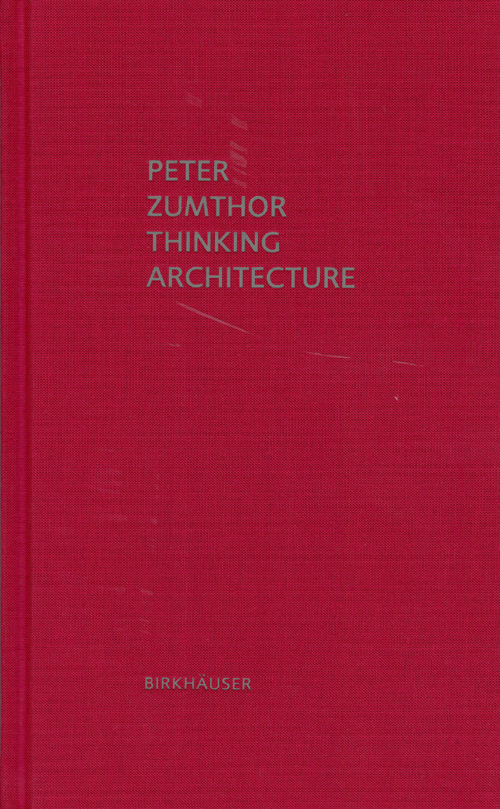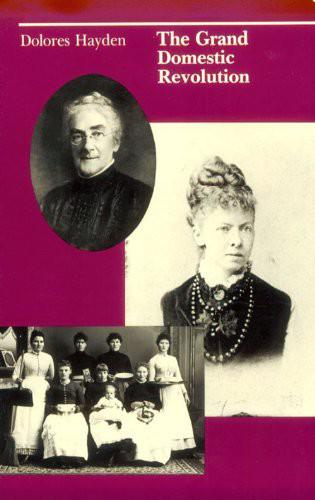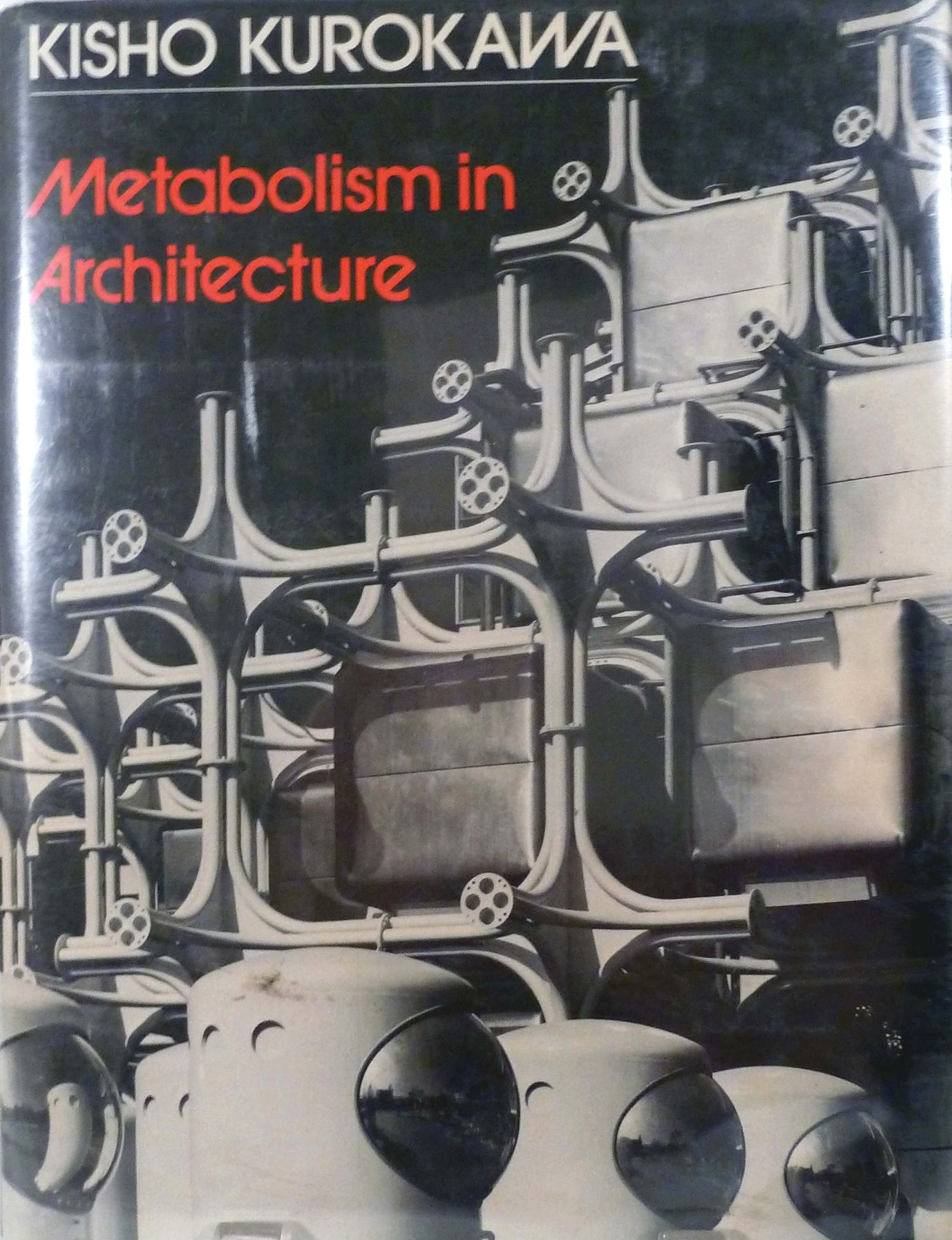Peter Zumthor: Thinking Architecture (1999)
Filed under book | Tags: · architecture, theory

“Architecture that is meant to have a sensuous connection to life calls for thinking that goes far beyond form and construction. In his texts, Peter Zumthor articulates what motivates him to design his buildings, which appeal to the visitor’s heart and mind in so many different ways and possess a compelling and unmistakable presence and aura.”
Translated by Maureen Oberli-Turner
With photographs by Hélène Binet
Publisher Birkhäuser, Basel, 1999
ISBN 3764361018, 9783764361013
62 pages
Reviews: Irina Davidovici (Architects’ Journal, 2006), Ayax Abreu Garcia (Review Architecture, 2018).
PDF (4 MB)
Comment (0)Dolores Hayden: The Grand Domestic Revolution: A History of Feminist Designs for American Homes, Neighborhoods, and Cities (1981)
Filed under book | Tags: · architecture, city, design, family, feminism, labour, material feminism, women

“Long before Betty Friedan wrote about ‘the problem that had no name’ in The Feminine Mystique, a group of American feminists whose leaders included Melusina Fay Peirce, Mary Livermore, and Charlotte Perkins Gilman campaigned against women’s isolation in the home and confinement to domestic life as the basic cause of their unequal position in society.
The Grand Domestic Revolution reveals the innovative plans and visionary strategies of these persistent women, who developed the theory and practice of what Hayden calls ‘material feminism’ in pursuit of economic independence and social equality. The material feminists’ ambitious goals of socialized housework and child care meant revolutionizing the American home and creating community services. They raised fundamental questions about the relationship of men, women, and children in industrial society.
In reevaluating these early feminist plans for the environmental and economic transformation of American society and in recording the vigorous and many-sided arguments that evolved around the issues they raised, Hayden brings to light basic economic and spacial contradictions which outdated forms of housing and inadequate community services still create for American women and for their families.”
Publisher MIT Press, 1981
ISBN 0262081083, 9780262081085
367 pages
via Dubravka
Reviews: Paul Goldberger (New York Times, 1981), Eugenie L. Birch (J Society of Architectural Historians, 1982), Ellen Carol DuBois (Signs, 1982), Nancy F. Cott (NY Review of Books, 1983), André Levesque (Urban History Review, 1983), Daniel Garr (American Historical Review, 1983), Deborah Altus (Behavior and Social Issues, 1995).
Comment (0)Kisho Kurokawa: Metabolism in Architecture (1977)
Filed under book | Tags: · architecture, city, history of architecture, media, metabolism, urbanism

A collection of essays on the emergence and continued theorization regarding the architectural movement known as Metabolism.
“This book is a collection of my most important works-in architecture and theoretical writing -from the period 1960 to 1975. I have chosen the title Metabolism in Architecture despite the fact that the Metabolist group, formed in 1960, now carries on virtually no activity as a group, and despite the many changes in my work and thought in the fifteen years since the Metabolist movement began. The word ‘metabolism’ nevertheless stands in order to secure a wider understanding of the concept and because there is value in using it in this extended sense. I was also led to select this title out of a desire to reflect upon and organize the relation between my writings and works of these fifteen years and Metabolist thought.
For the convenience of the reader the book is organized into four chapters. The architecture and writings are not in chronological order, although the date at which each work was designed or written is important to me. As we live in an international society with rapid communication in which we are constantly open to new influences the date for each piece indicates the spirit in which it was written.
Although I reject traditionalism, I attach great importance to the influence which the culture of one country may exert on another. It is my belief that the cultures of different countries will stand individually but together, allied with technology, to provide the future language of architecture. That modern architecture appears diffuse is proof that the cultures of different regions each contribute to the language of modern architecture, and as a result modern architecture will probably come to speak not with a lingua franca but with a complex and many-faceted language.” (from Preface)
Publisher Studio Vista, London, 1977
ISBN 0289707331, 9780289707333
208 pages
via ARG
PDF (62 MB)
Comment (0)
